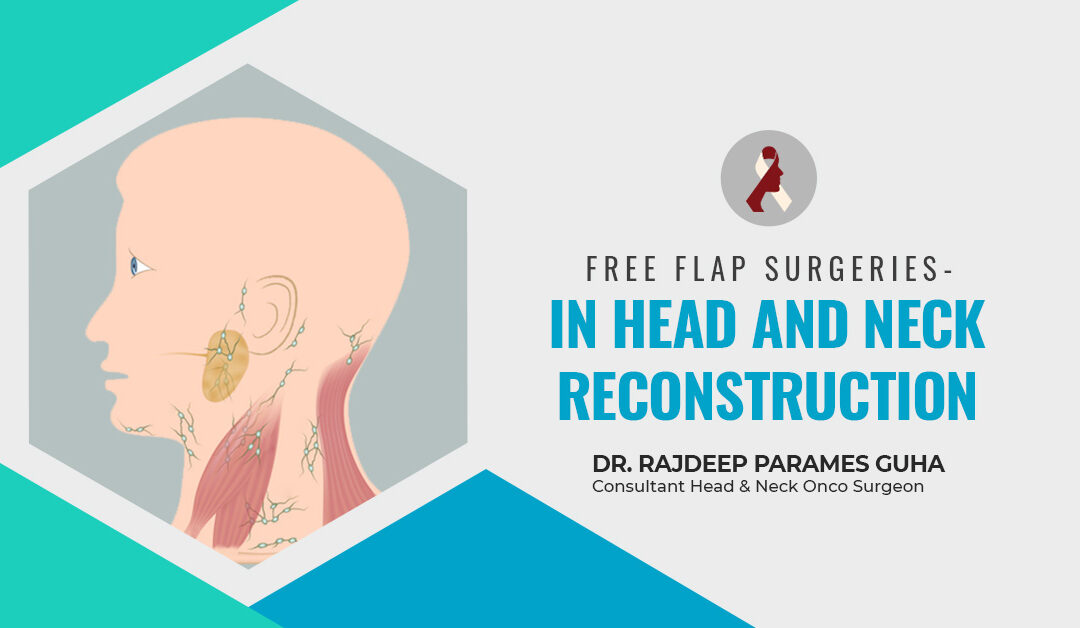Medical science has come a long way and so has the field of surgery. There has been a lot of changes that have made the field of head and neck surgeries advance in the right direction. The surgeons come across too many cases in their career where they have to perform a reconstruction surgery in the head and neck region. These areas need reconstruction and the microvascular free flap is the most used technique.
This procedure is not only used to achieve a better wound closure to guard important but to reconstruct the appearance, structure, and function of the region.
Know More About Free Flap Surgeries
Reconstructive surgery for the head and neck regions has gone through a dynamic transition over the last few years. The use of microvascular free flaps has been expanded to a whole new level even though secondary. It was only the wait of the medical world getting familiar with the idea of the free flap to increase its use in several surgeries. Surgeons have come to know how reliable this technique is. With the frequent usage of these flaps, the anatomy of them has also become quite familiar amongst the surgeons.
What Can Be Achieved with Free Flap Surgeries?
Any patient that has undergone any surgery on their neck or head and got any part of it removed needs to get reconstruction surgery. The free flap technique makes this reconstruction surgery far better than it used to be.
Medical science has made advances in this procedure that has made them learn that free flap surgery is versatile and reliable. With the free flap surgery, the surgeons can achieve semi or total reconstruction of the head or neck. It can also restore multiple functions like swallowing, speech, appearance, and other aspects.
Finishing Thoughts
The efficacy rate of free flaps is quite high among patients. Any patient can go through a free flap surgery for the reconstruction of the head and neck without any hesitation. The surgeons try with all their brilliance and precision to get the surgery right. A perfectly executed reconstruction puts a smile on the surgeon and the patient as well.

